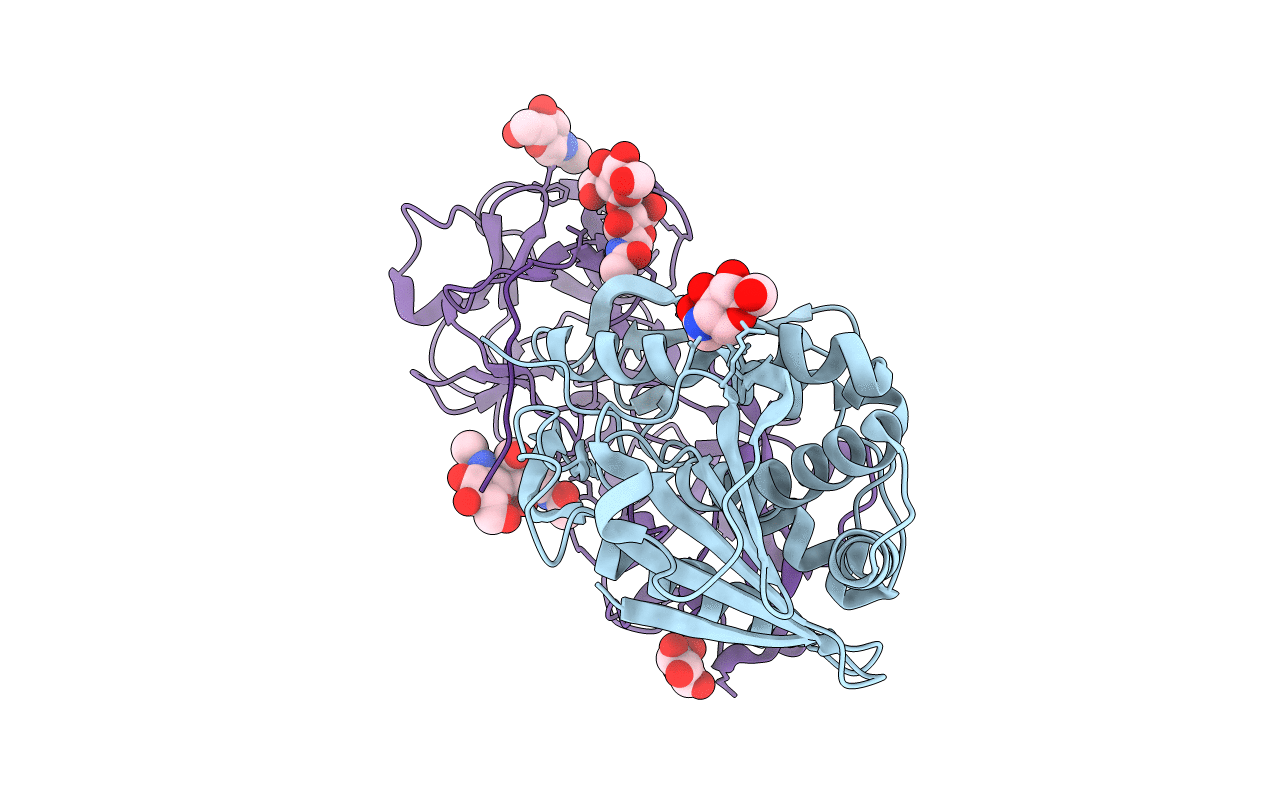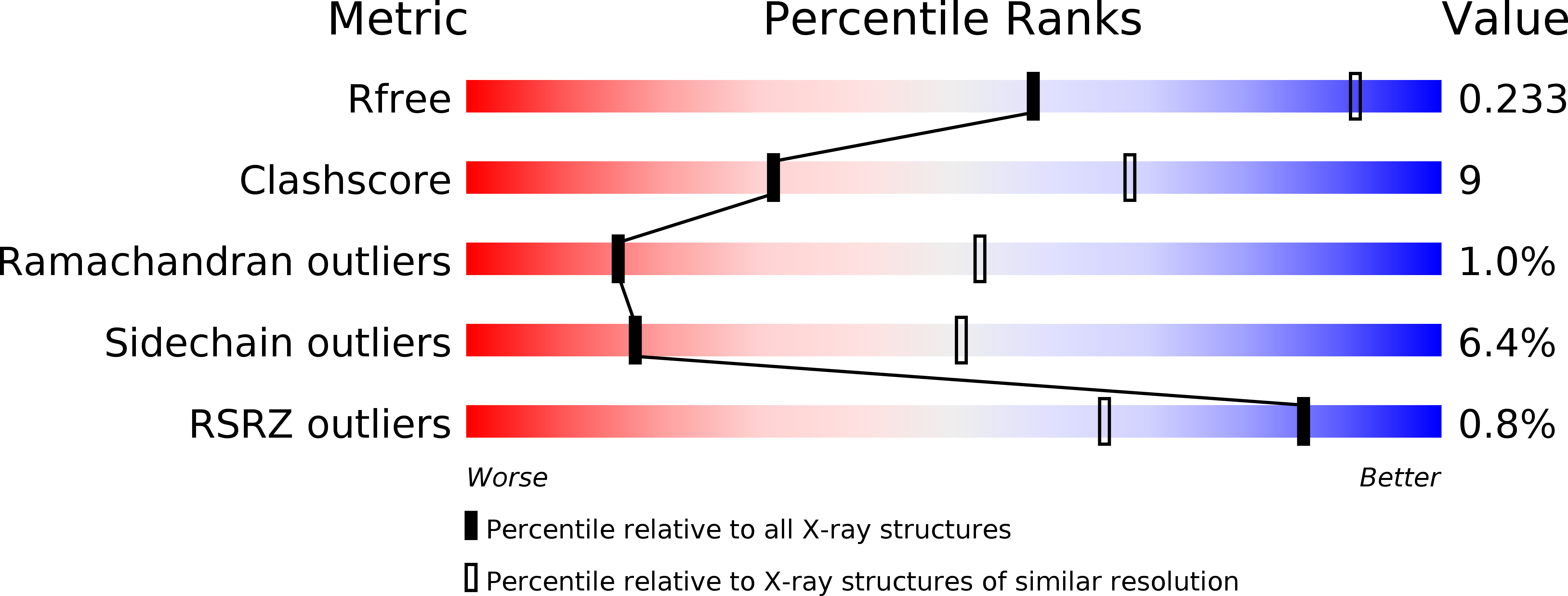
Deposition Date
2003-03-10
Release Date
2003-07-01
Last Version Date
2024-10-23
Entry Detail
PDB ID:
1OQL
Keywords:
Title:
Mistletoe Lectin I from Viscum album complexed with galactose
Biological Source:
Source Organism:
Viscum album (Taxon ID: 3972)
Method Details:
Experimental Method:
Resolution:
3.00 Å
R-Value Free:
0.24
R-Value Work:
0.19
R-Value Observed:
0.20
Space Group:
P 65 2 2


